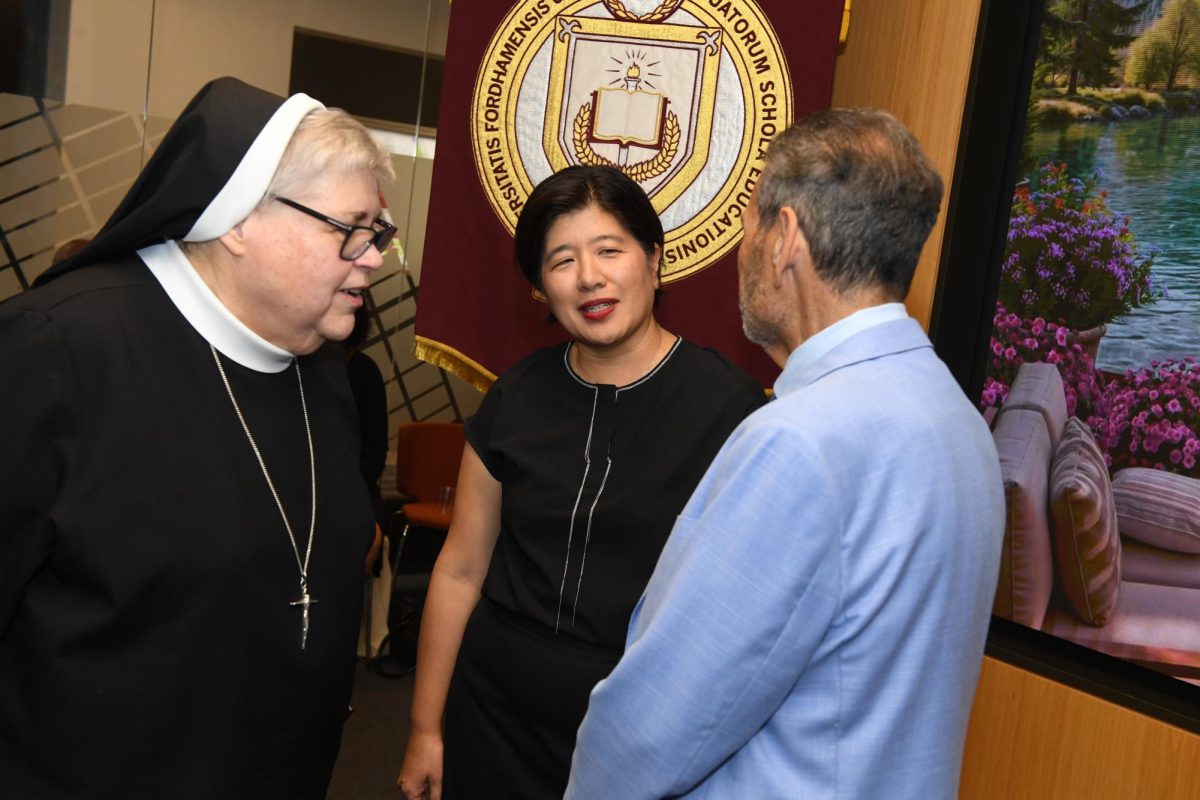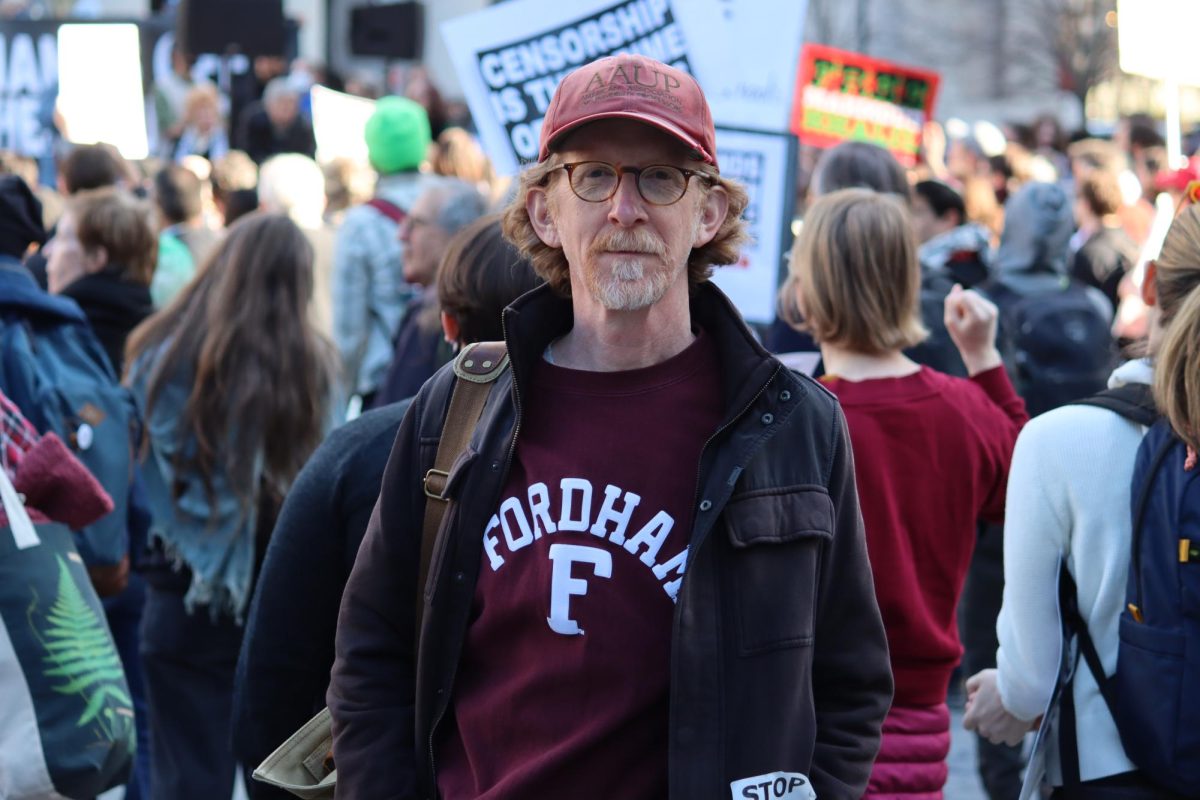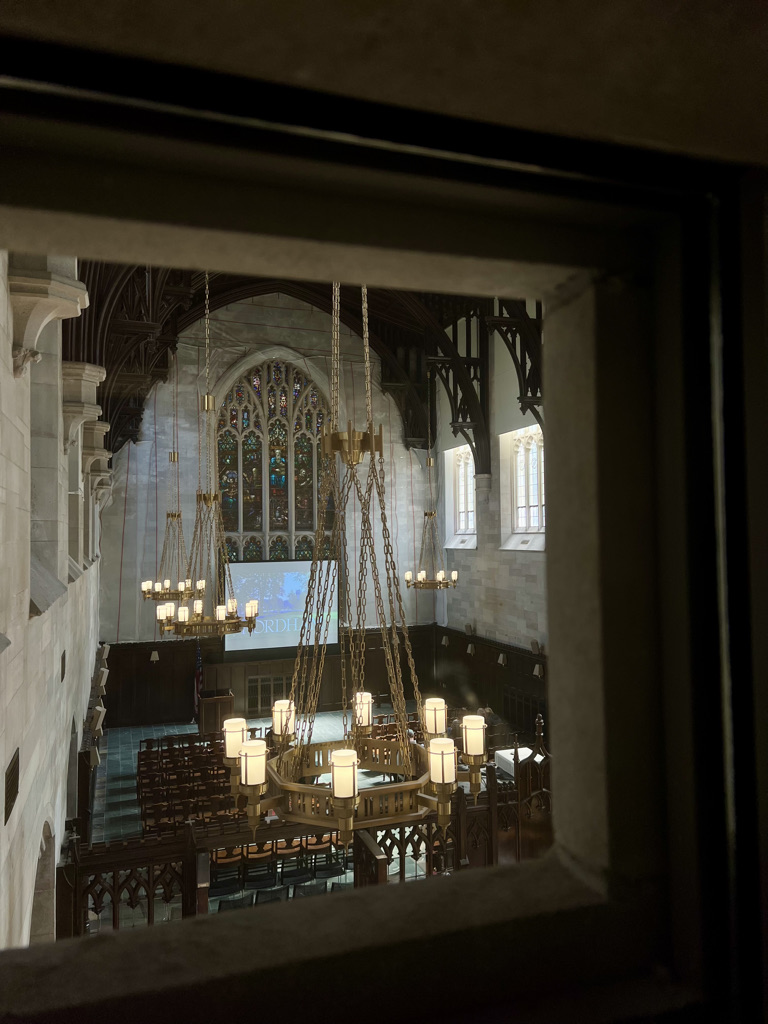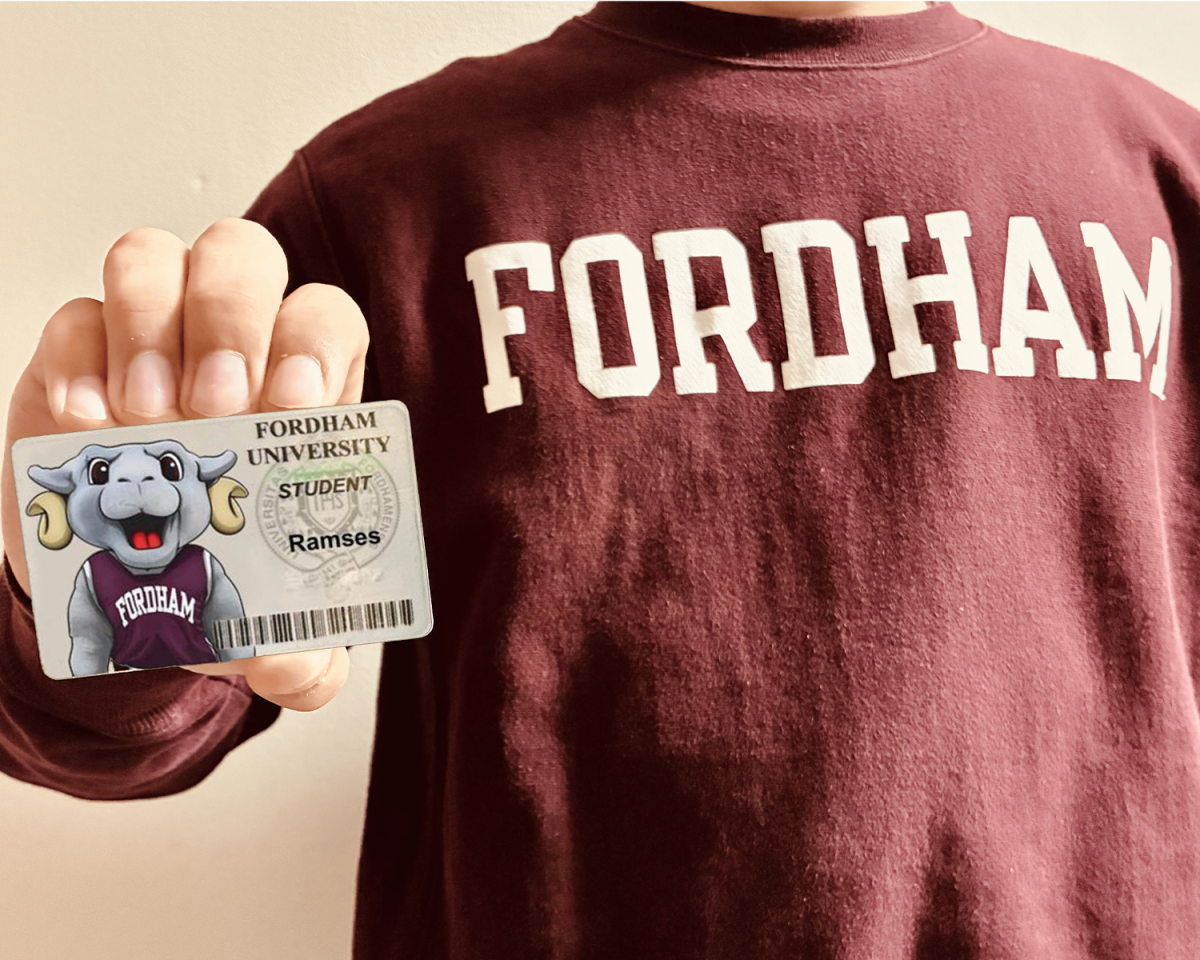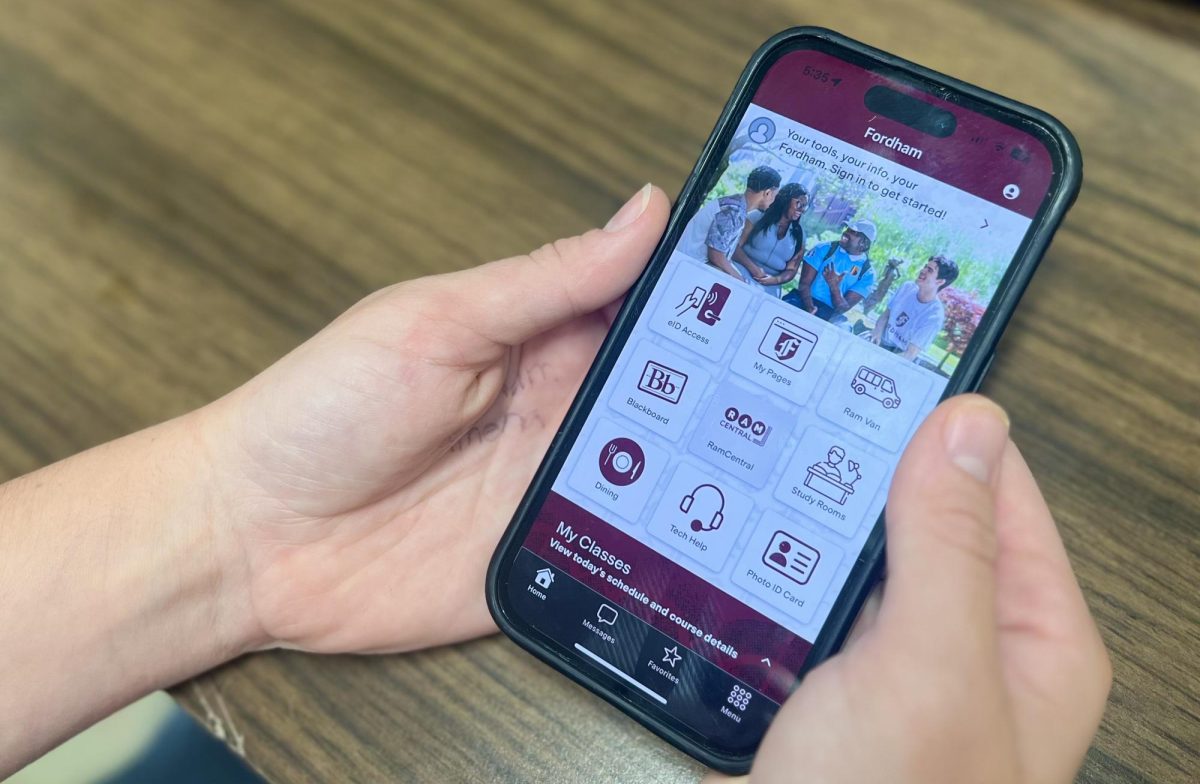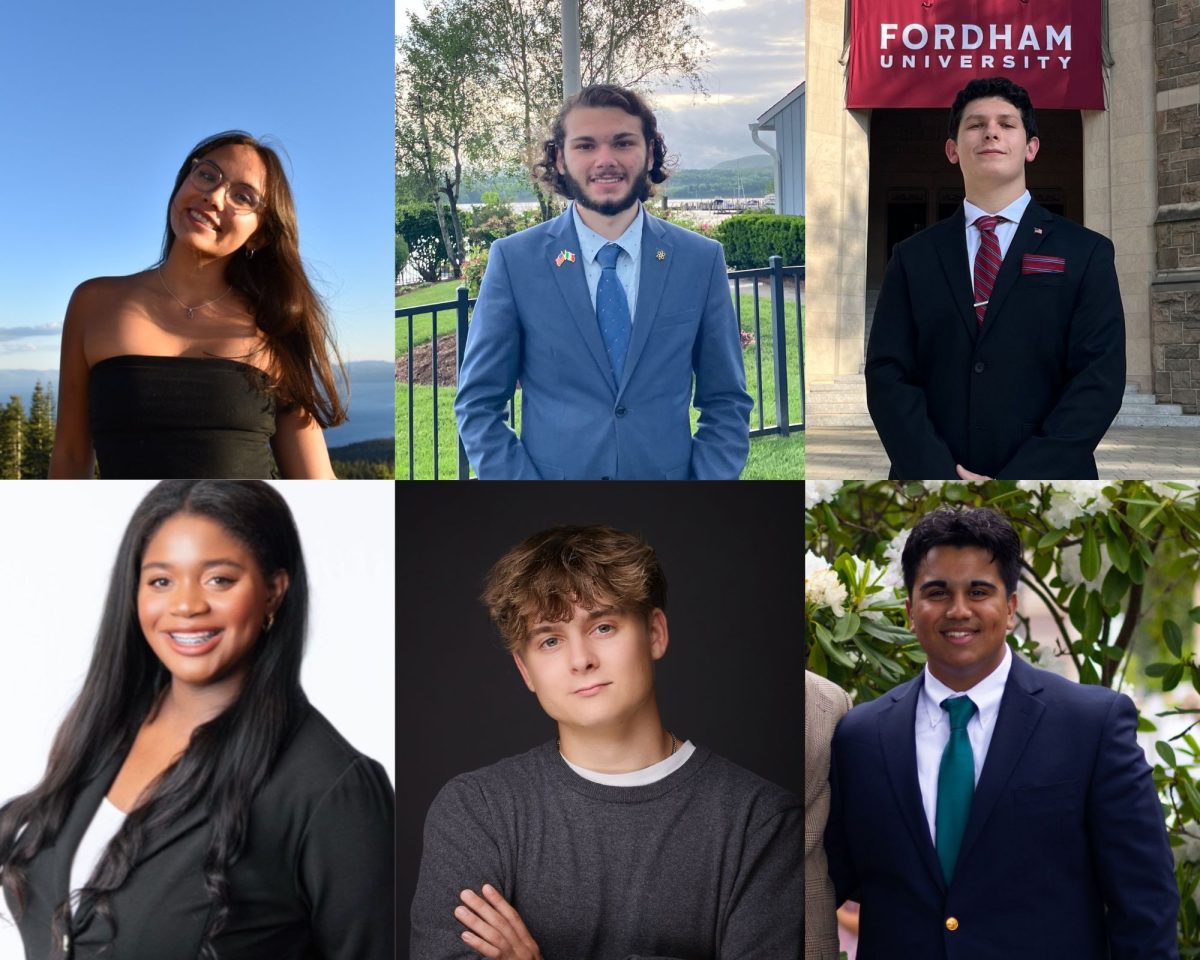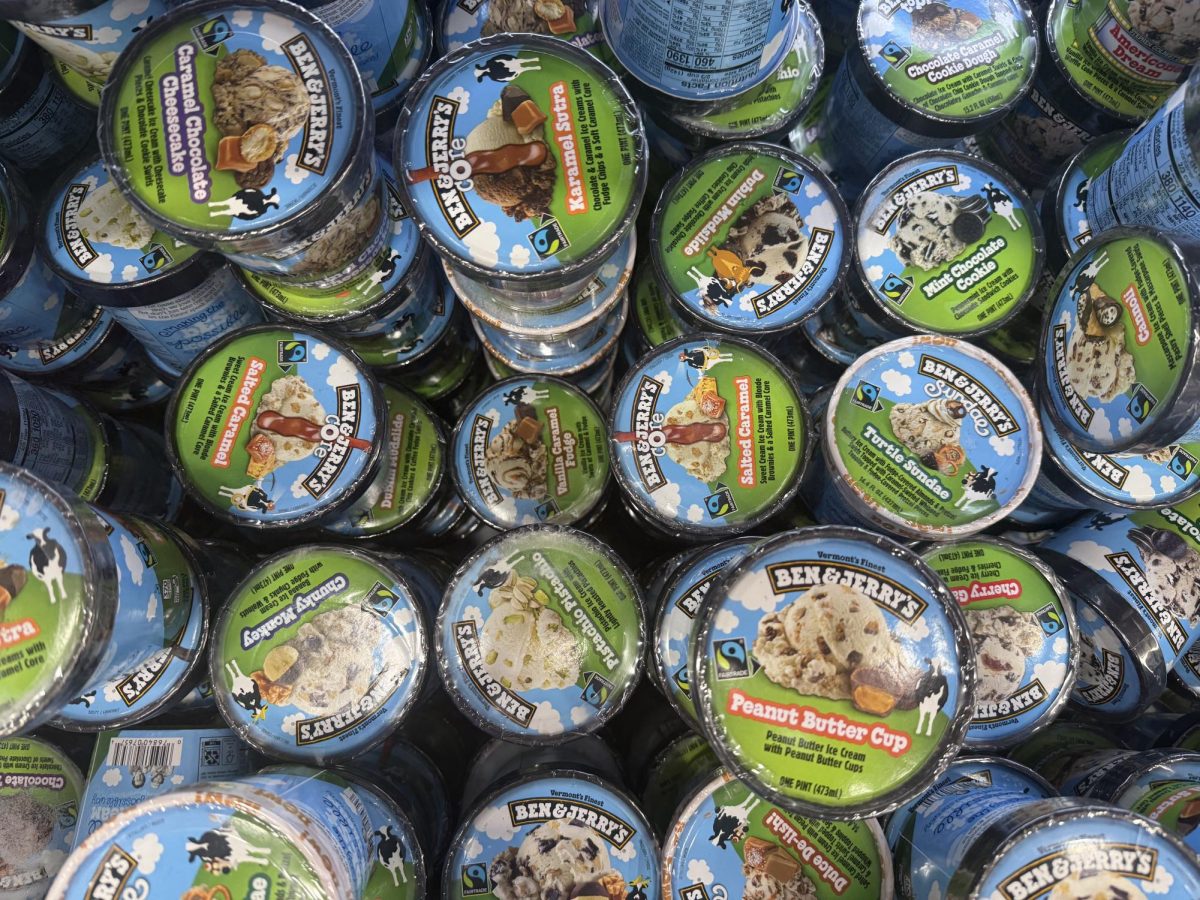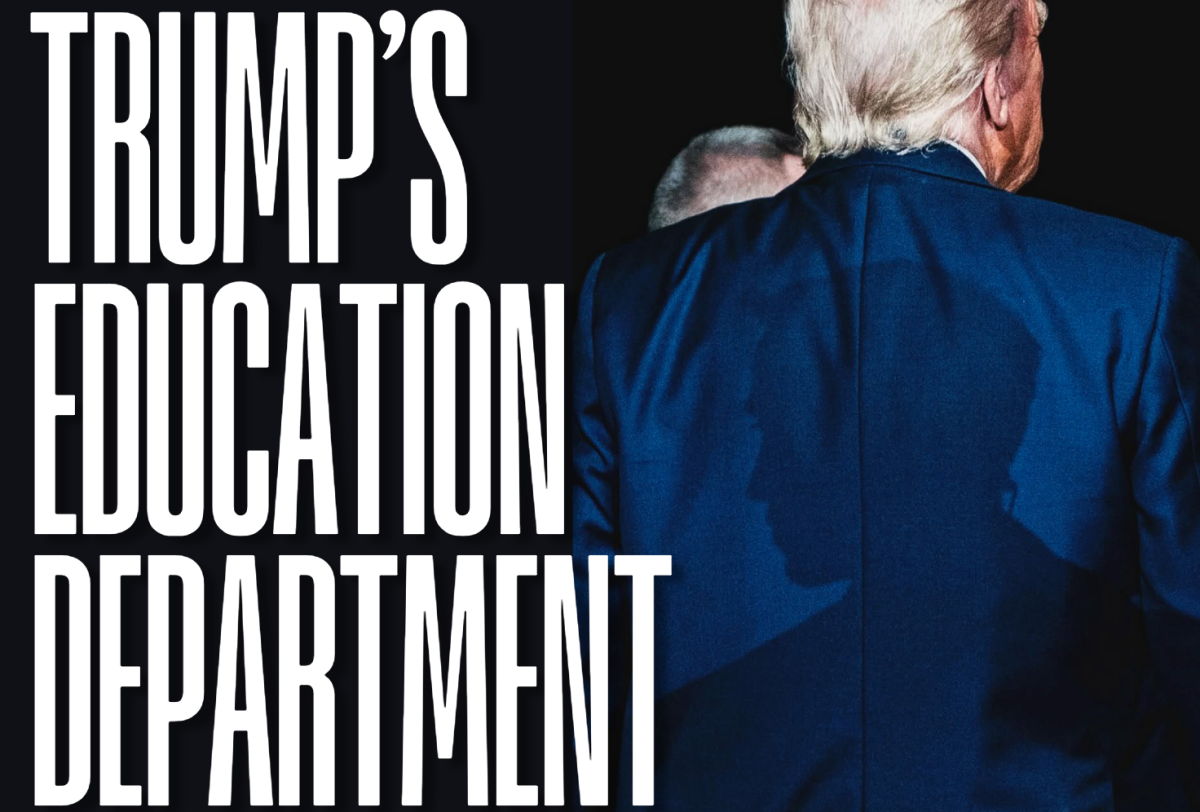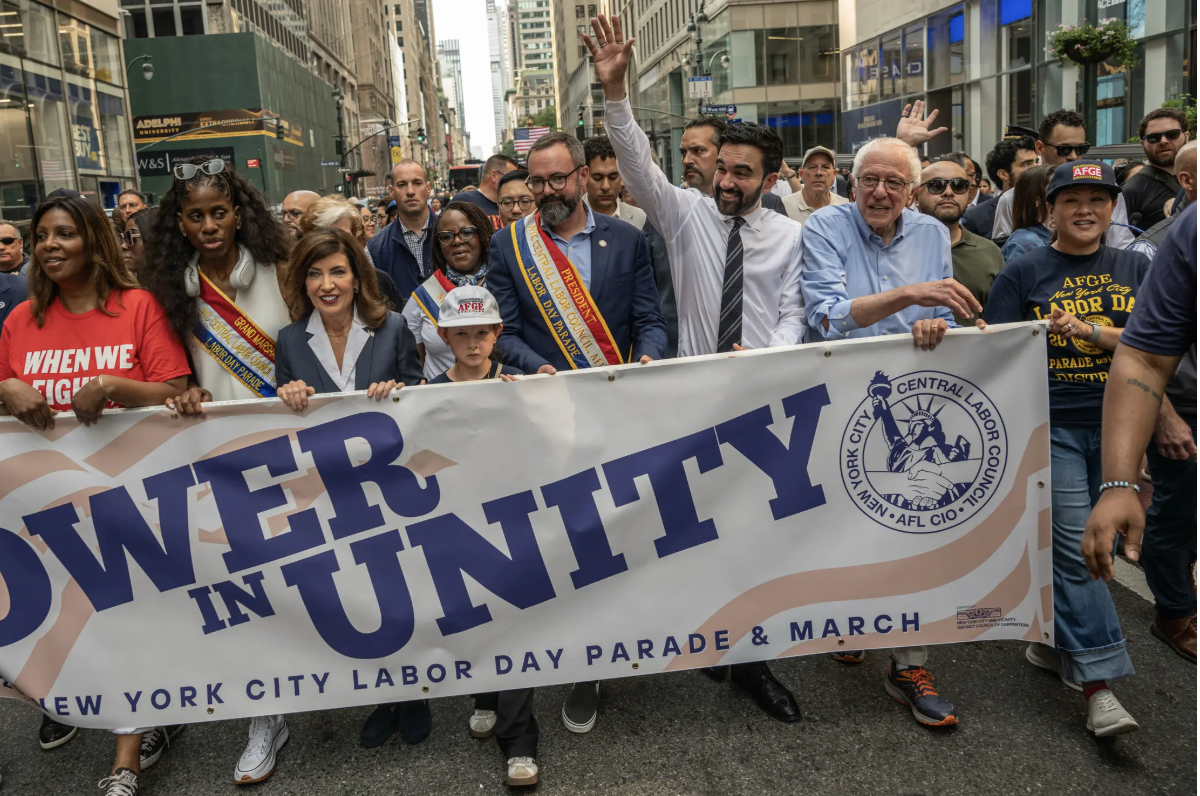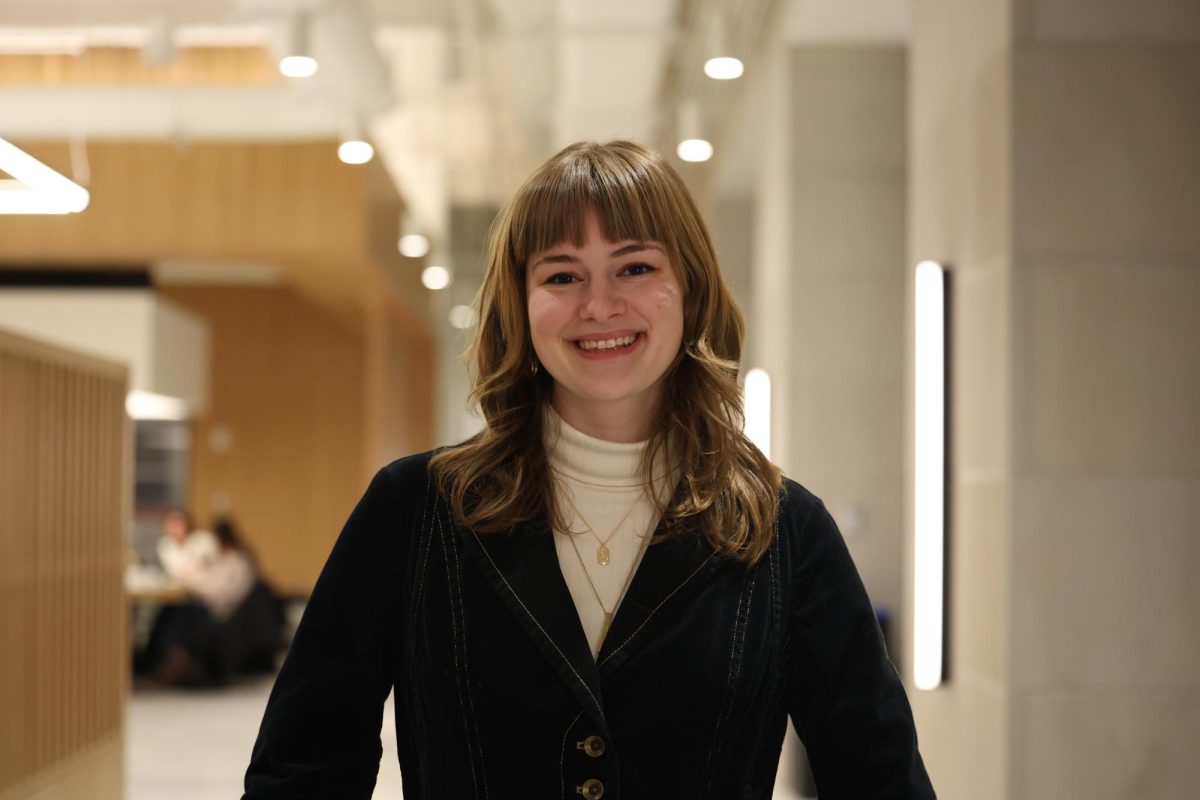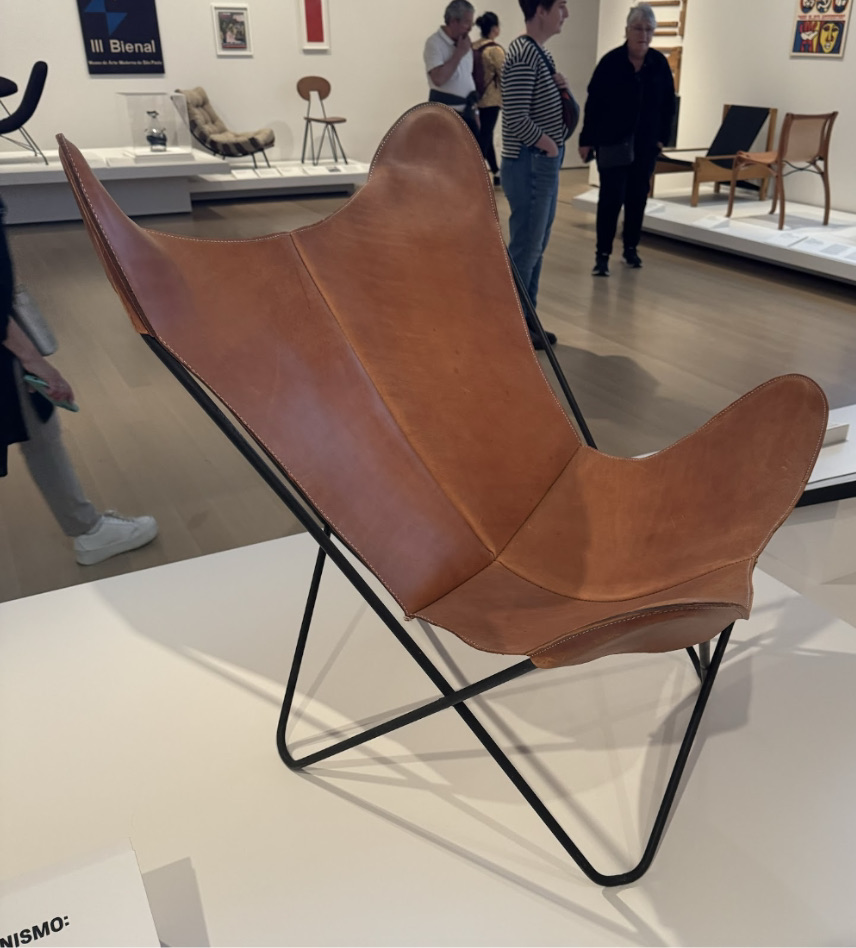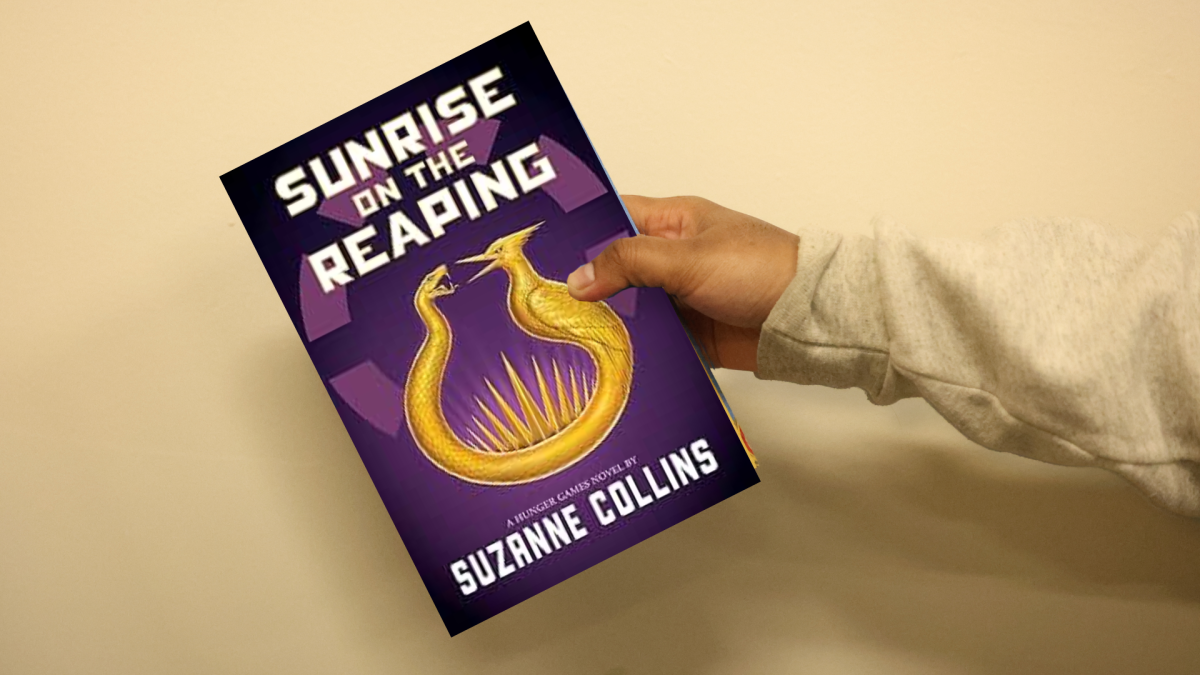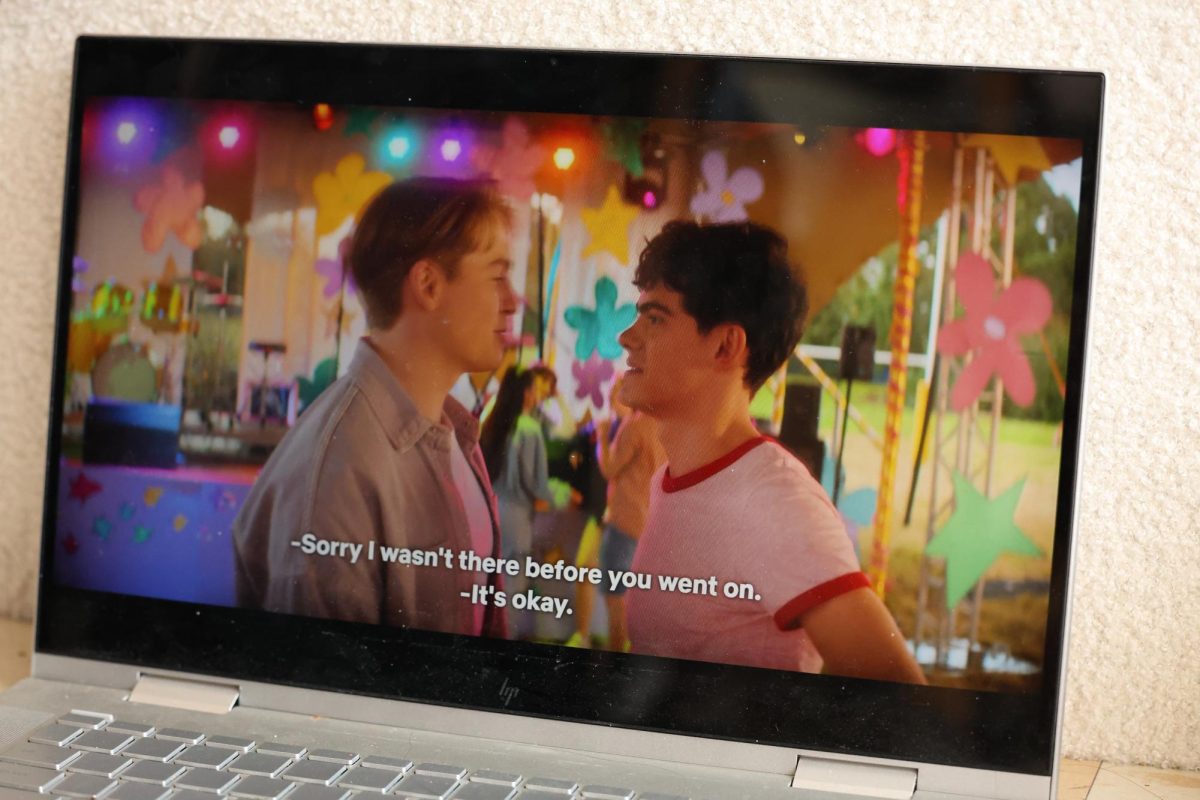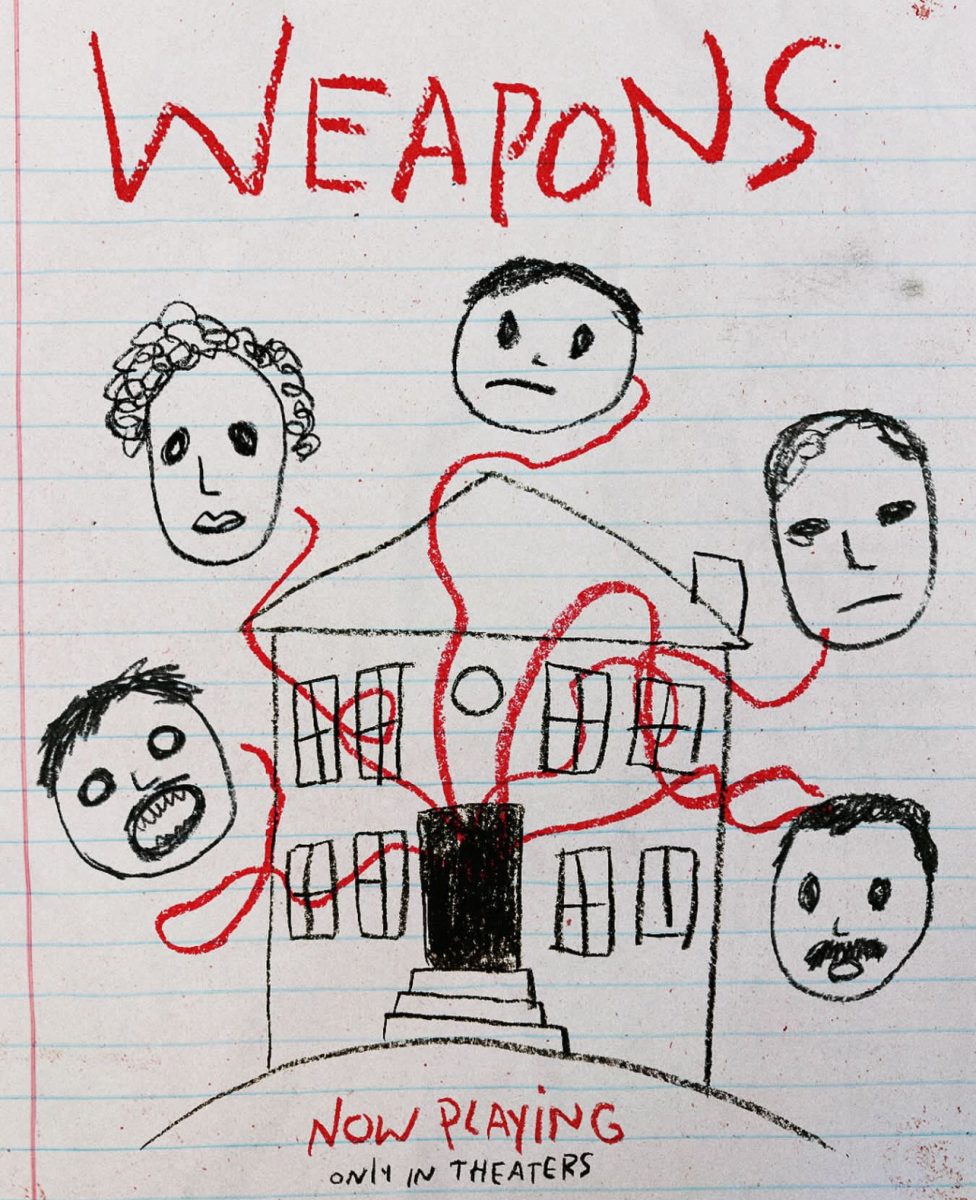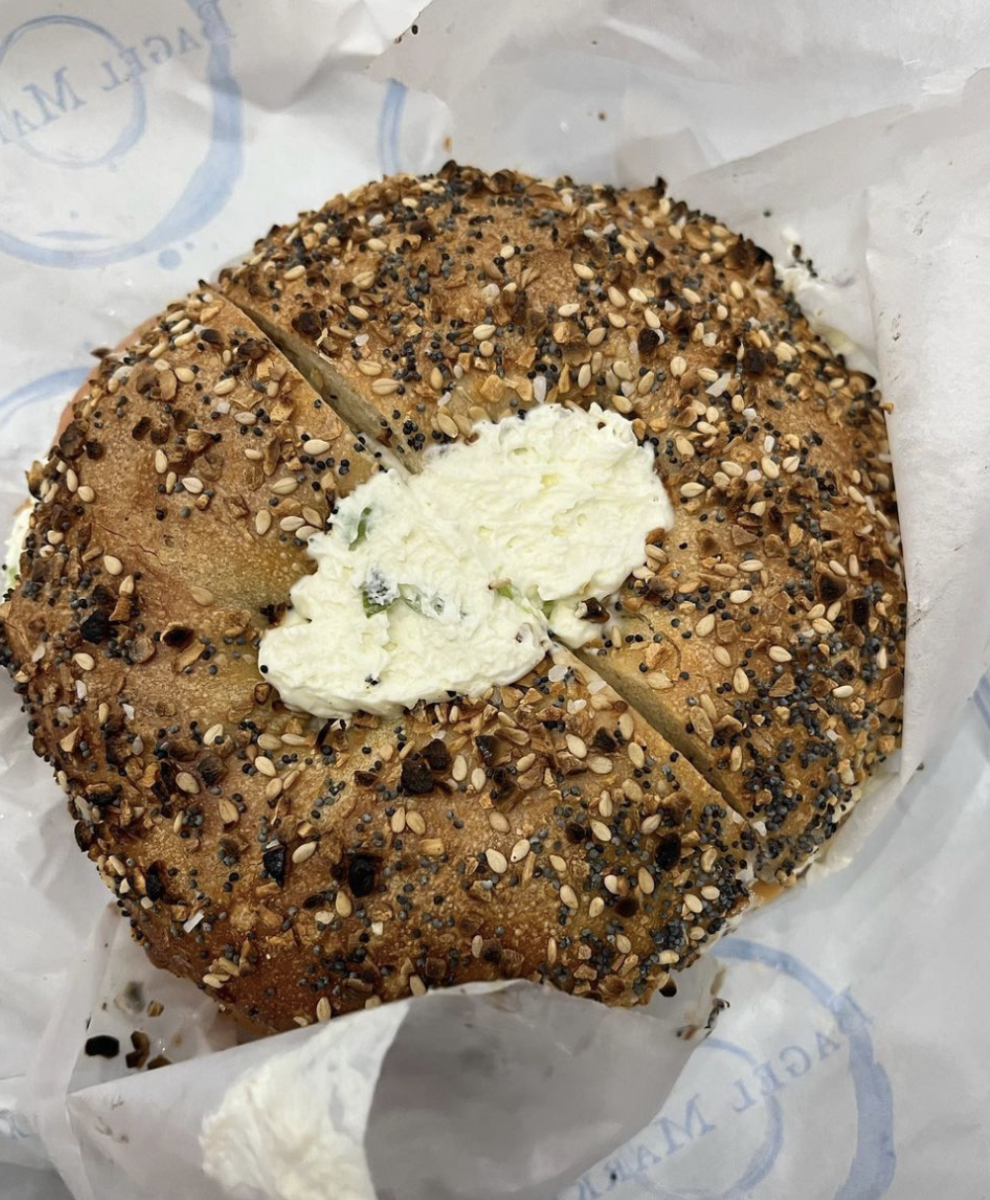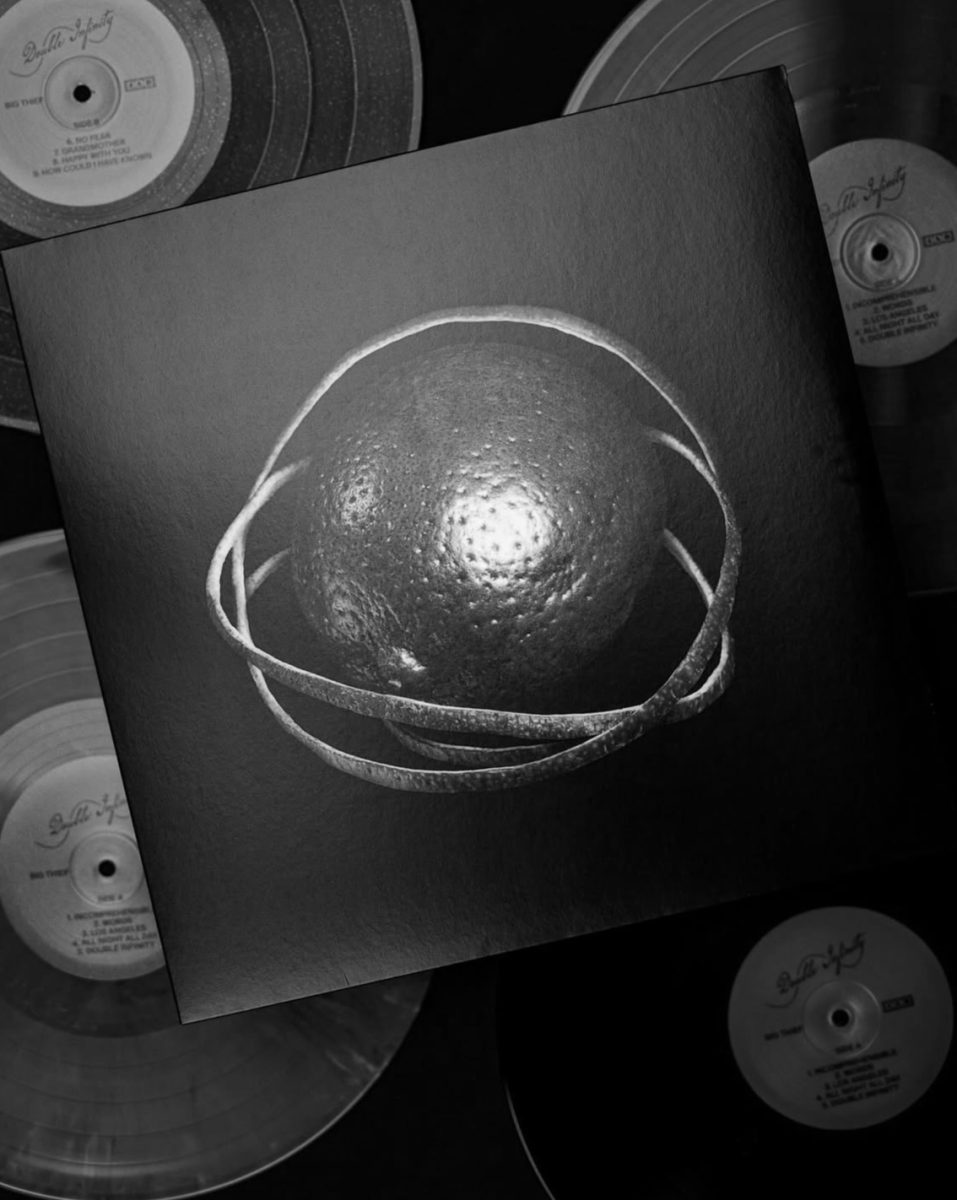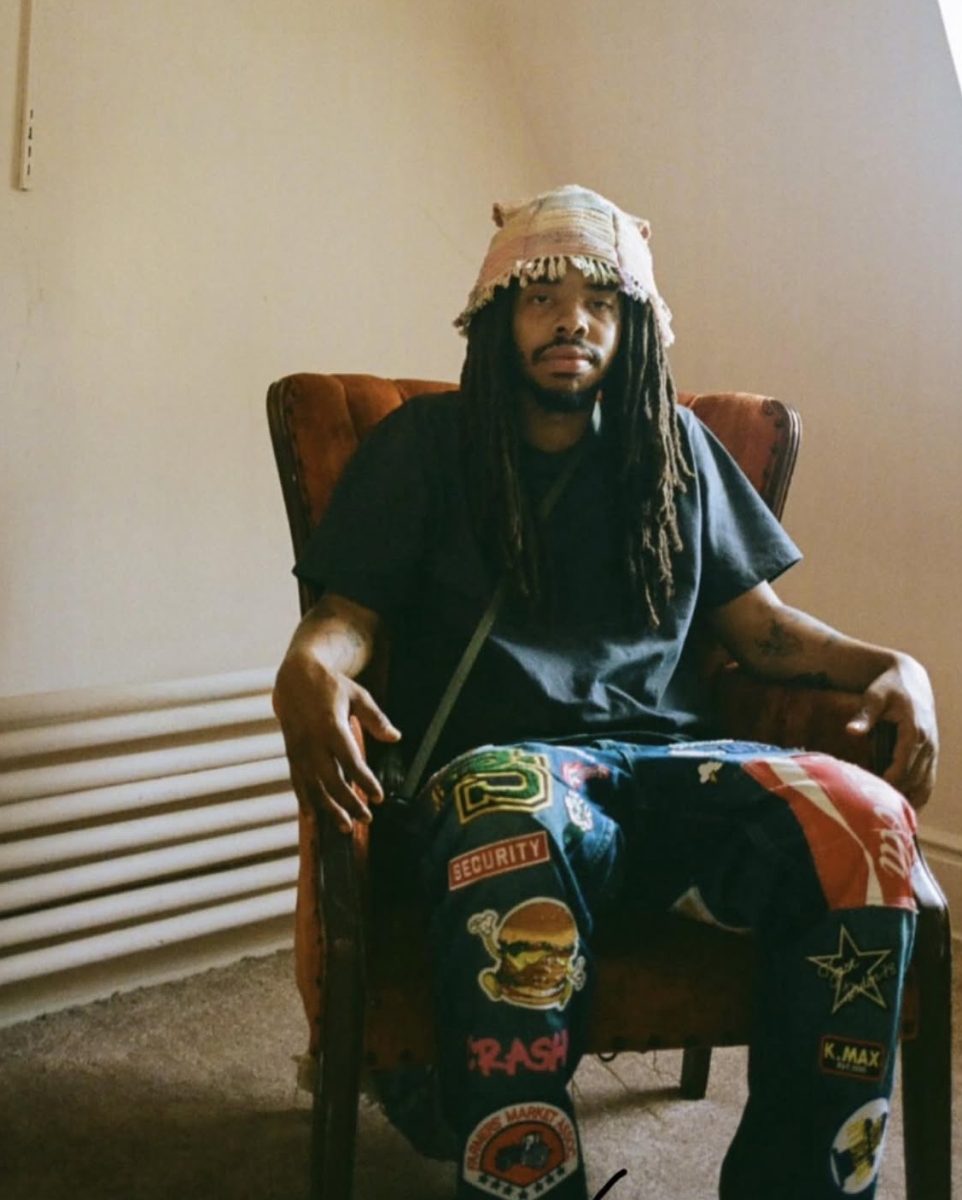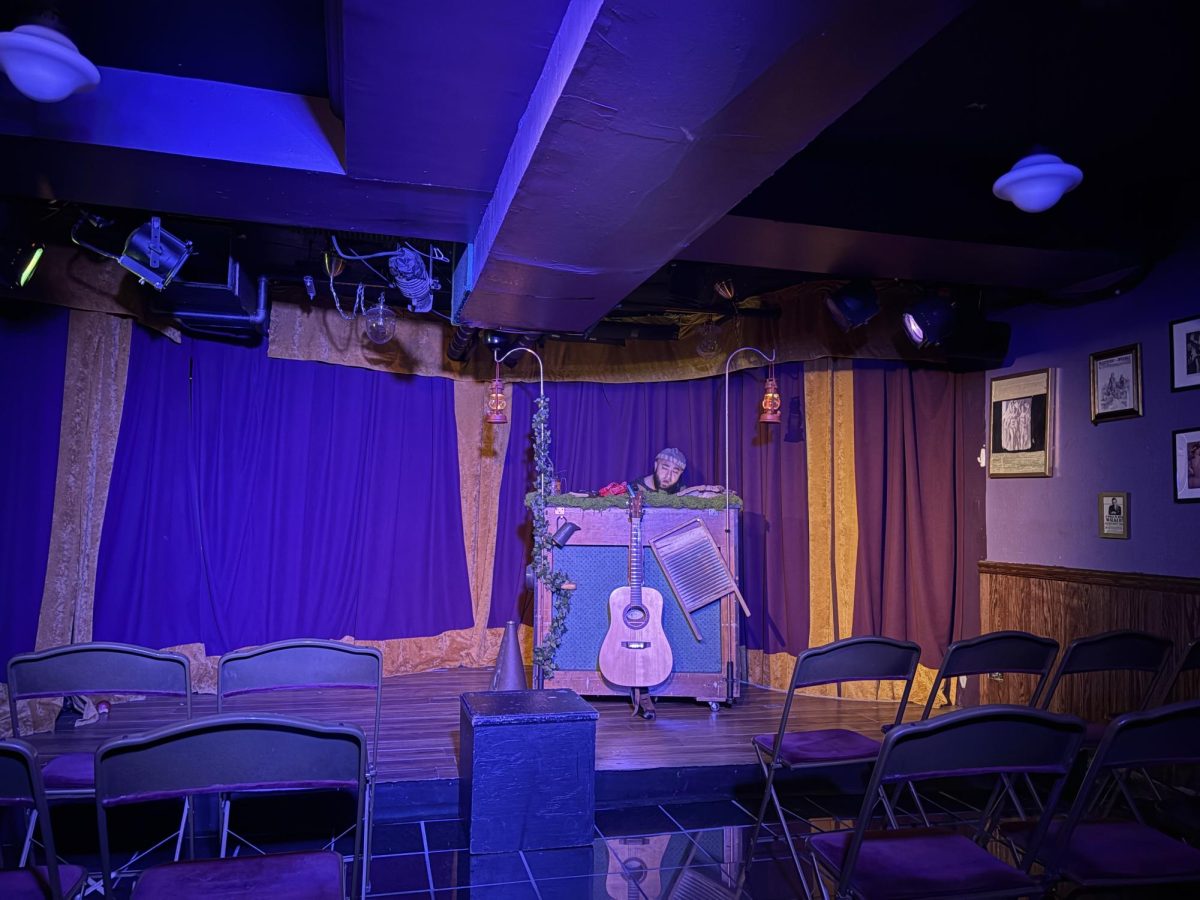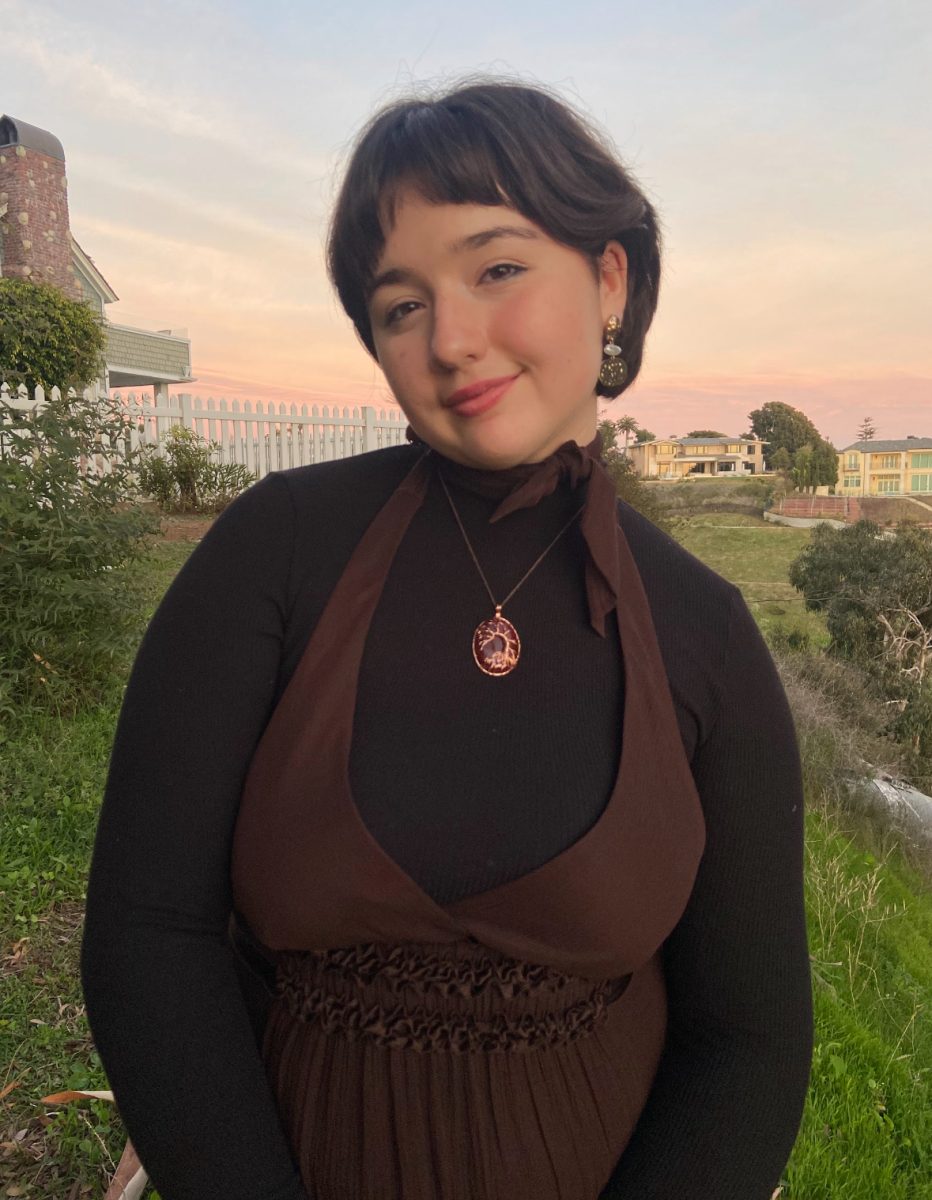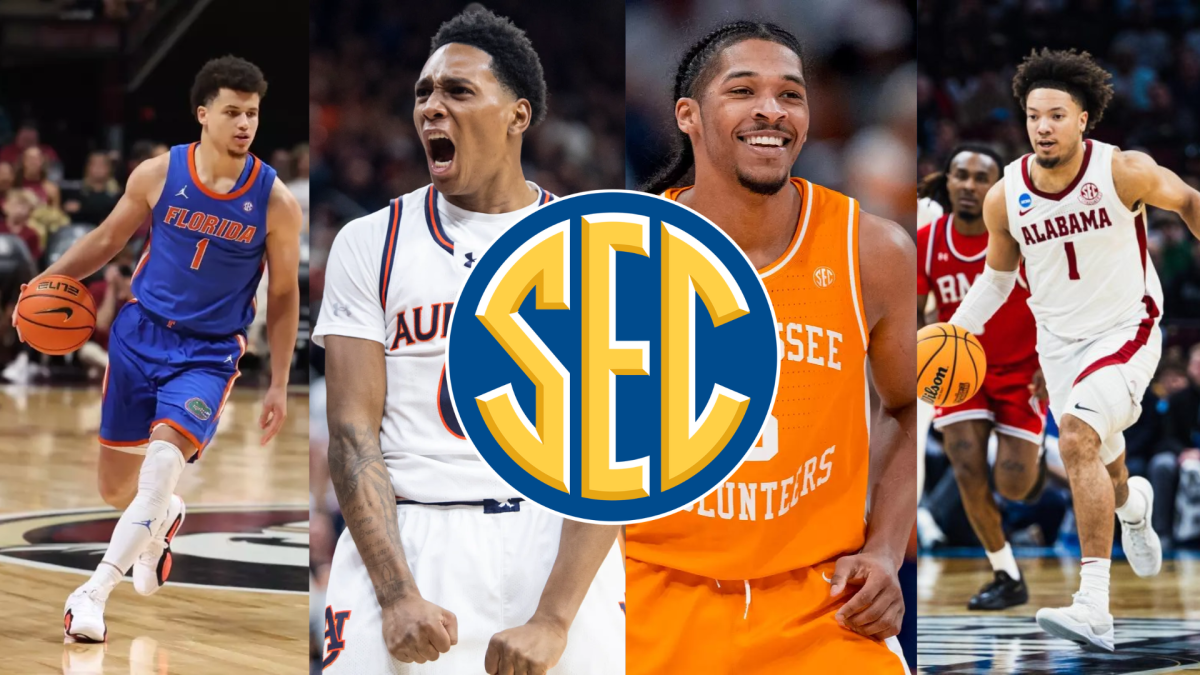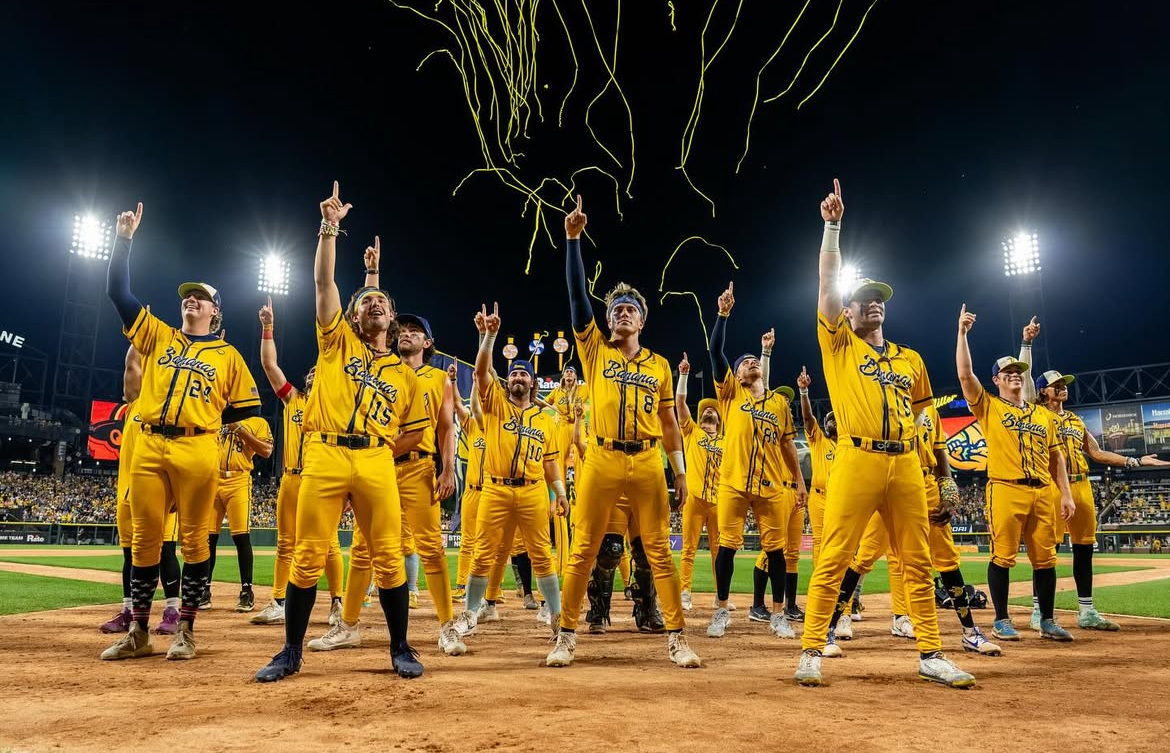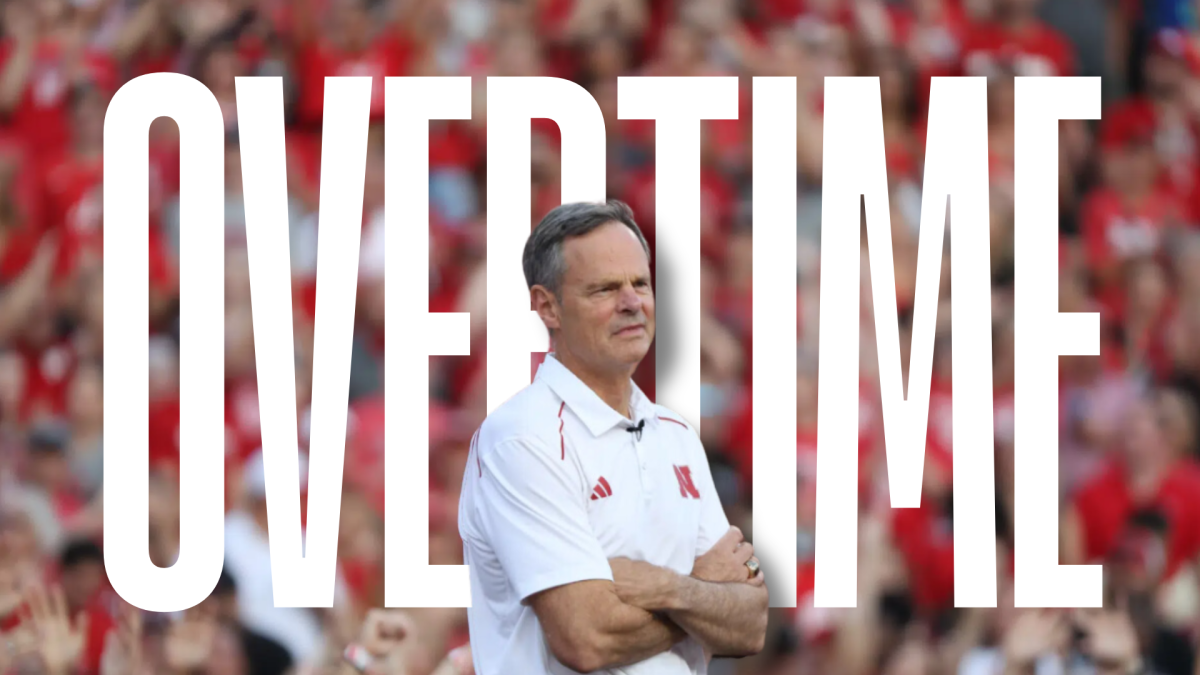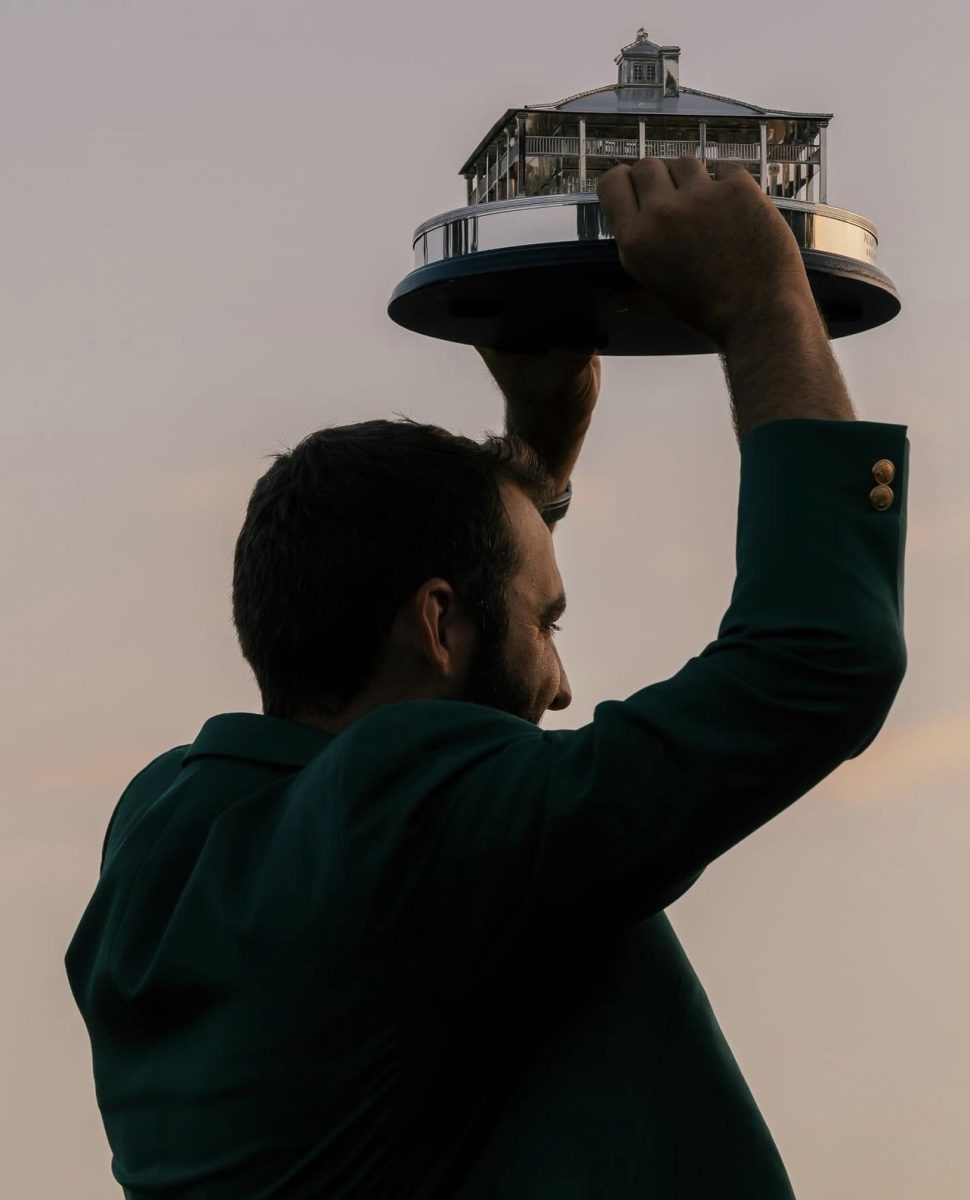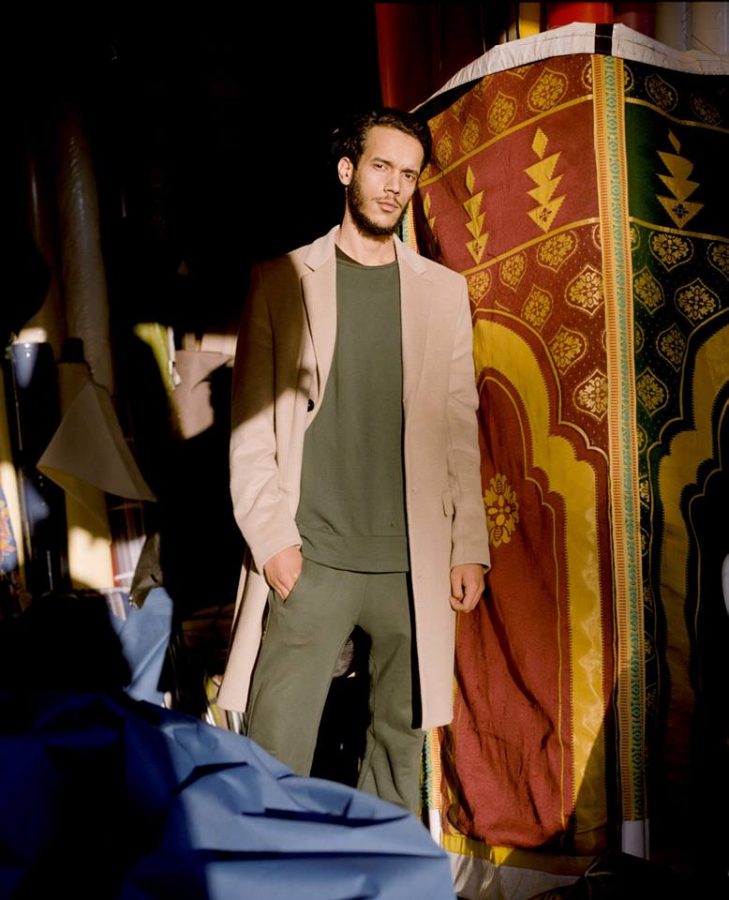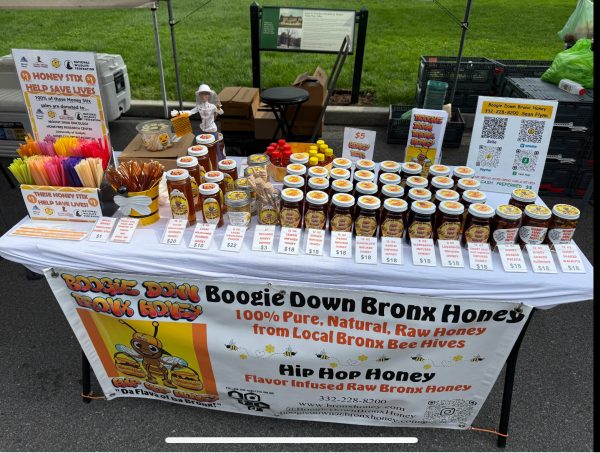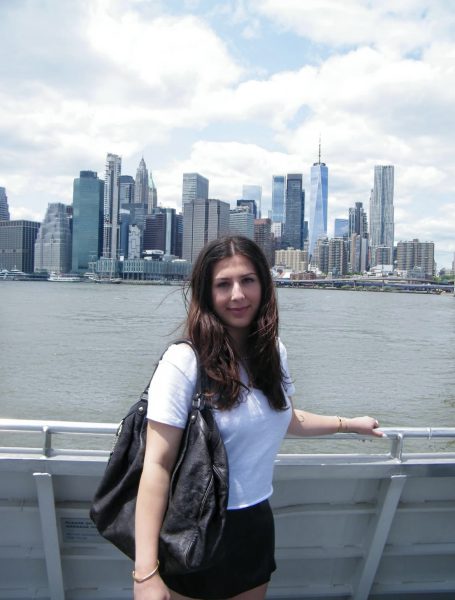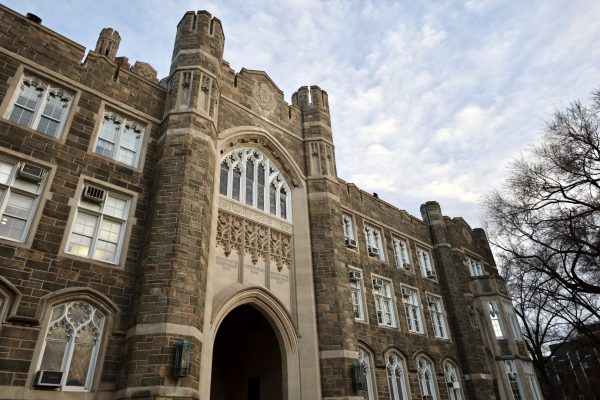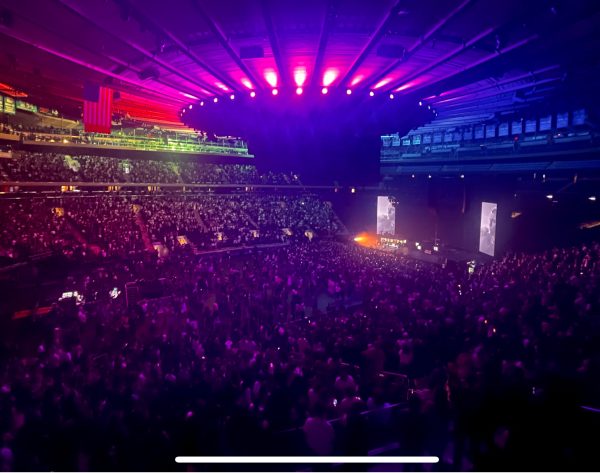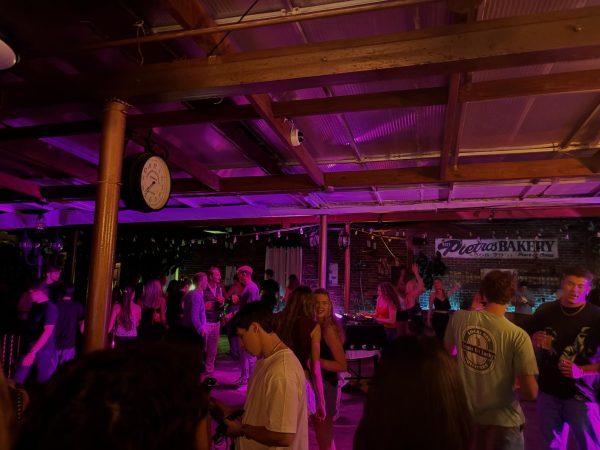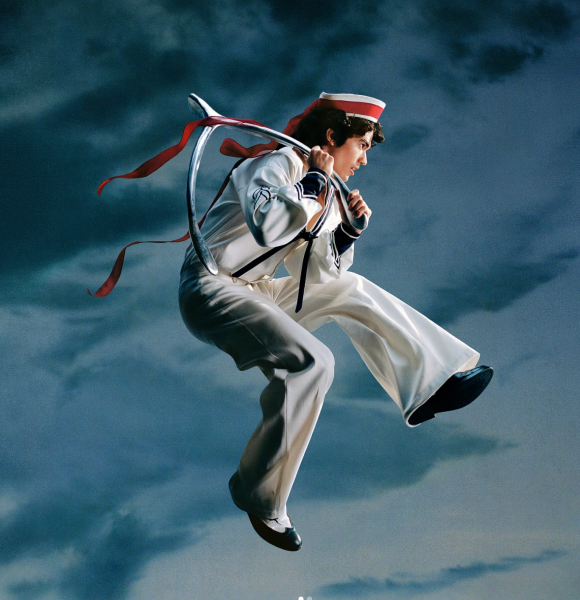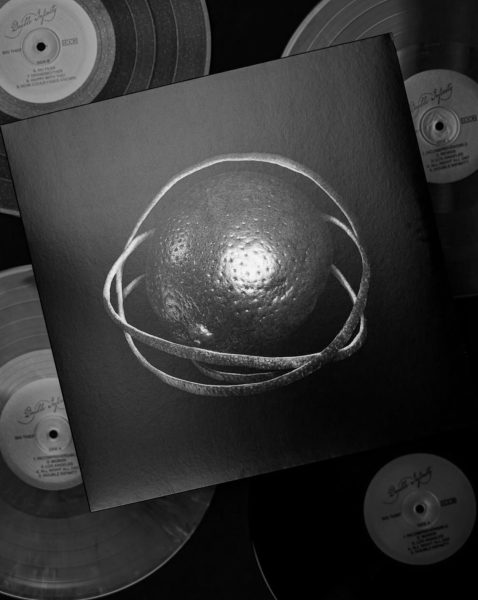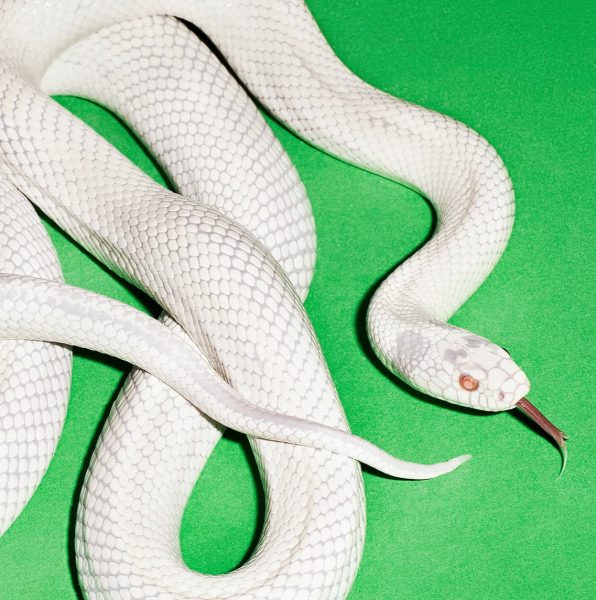Exploring Trap Music’s Global Domination: Latin, Moroccan Trap and NAAR’s “Safar”
1996-98 AccuSoft Inc., All rights reserved
Check out NAAR’s new album, “Safar.” (Courtesy of Facebook)
Like with all new genres of music, there was a pearl-clutching moment when trap began to break the mainstream. The hyper-masculine subgenre falls under hip-hop and follows in rap’s footsteps of having lyrics that parade sex, drugs and wealth.
Artists such as Migos, Travis Scott and 21 Savage popularized the genre with songs like “Bad and Boujee” that have repetitive choruses, consistent use of snares and frequent ad-libs like “skrrt.”
Trap has gone global, and the rest of the world is now defining it.
Korean rapper Keith Ape has over 58 million views on a YouTube video for “It G Ma,” featuring prominent American hip-hop artists Waka Flocka Flame and Anderson .Paak.
In Greece, crowds at nightclubs shout the lyrics to “Business” by TOQUEL.
But the most successful global trap music comes from Latin artists. Latin trap has far surpassed the popularity of American trap. Artists like Bad Bunny, J Balvin, Anuel AA and Ozuna have been at the top of global charts. J Balvin and Bad Bunny broke through with their first No. 1 on the Billboard Hot 100 for Spanish verses on Cardi B’s “I Like It,” and they have dominated mainstream music since. J Balvin is the most viewed artist so far on YouTube Global in 2019 and the first Latin singer to headline music festival Lollapalooza. His collaborative album with Bad Bunny, “Oasis,” debuted at No. 1 on Billboard’s top Latin albums.
The music is relatable to American, yet distinctively Latin. On “The Tonight Show,” J Balvin told Jimmy Fallon that this crossover has always been his dream. “We’re here talking in English, but my music is Spanish,” he said.
While Latin trap artists have popularized their music across the entire world successfully, Moroccan trap artists are slowly making their way there by uniting trap artists from all over the world to create truly international music. The few artists who make up trap collective NAAR are driving the entirety of the Moroccan trap scene.
According to their website, NAAR “seeks to promote Arab artists and to challenge the narratives about the Arab world and its culture.” The documentary “CROSSING- BORDERS” follows the formation of NAAR and the making of its new album “Safar.”
Released on Sept. 13, 2019, the album “gathers 32 artists of nine nationalities who are determined to see Moroccan rap go global.” The first song released by the collective was “Money Call.” It contains Arabic, French and English lyrics. The song garnered over 5 million views on YouTube.
In “CROSSING BORDERS,” the craze NAAR has started with “Money Call” at its first concert in Paris could be seen clearly. A tightly-packed, high-energy crowd in a small venue jumped to the beat, shouting the lyrics back at NAAR.
In an interview on NAAR’s website, French rapper Laylow discussed his collaboration with Shobee and other Moroccan trap artists on “Money Call”: “We managed to make music without understanding … They understood my language but I didn’t understand everything they talked about … It’s as if you had French and Arabic and that the Auto-Tune was above all that. It’s an even simpler code than letters and languages.”
Music overrides any language barrier, which is what NAAR hopes will help its music reach the United States. In “CROSSING BORDERS,” Moroccan artist Small X said, “We know what’s going on in the U.S. We know about blues, jazz. But they don’t know what’s happening in Morocco … So we try to create something new that can give a new vibe to rap music in the world.” Another member of NAAR, Madd, added, “You impose your style on trap music. It’s not a train you have to follow, no. You can do what you want — it’s your world.” “Safar” is an album that brings together different styles of trap.
Moroccan trap has been able to take off in this digital age where artists can connect from all over the world. French rapper Nusky did not meet the group in Morocco to record “Bad B” for “Safar.” Nusky addressed how new technology is a benefit. “You can be here and catch what people your age make at the other end of the world,” he said.
However, predominant music applications like YouTube and Spotify were not always available in Morocco. Spotify only recently became available to Morocco on Nov. 13, 2018 (Variety). French rapper Laylow explained in an interview on NAAR’s website that the digital world for French and Moroccan artists is different. “Youtube revenues, streaming, all this depends on the country you’re in, it made me realize the double standards,” he said.
The lack of technology in Morocco meant a lack of a music industry. In an interview with Spotify, Shobee said, “There is no network to organize concerts, no venue to make your own tours, but, musically speaking, we have everything, even to match the American market.” NAAR is proving so. “Money Call” has over 6 million views on YouTube.
NAAR is successfully crossing invisible borders, but Moroccan artists still have a hard time crossing physical ones. NAAR collaborator ISSAM was denied a visa to France and was unable to film a portion of his music video “Caviar” in Paris (Fader). There is a frustration among the Moroccan artists who cannot travel as easily as Western artists like French rapper Laylow who had no issue going to Morocco to film “Money Call.”
The universal understanding of trap has allowed for any artist — Latin, Korean, Swedish, Greek or Moroccan — to bring their unique spin. Listen to “Safar,” out now.
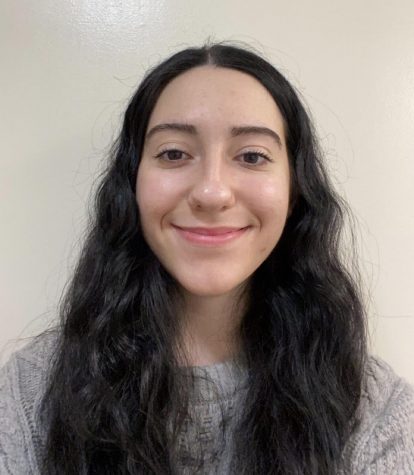
Sara Tsugranis is a sophomore at the Fordham College at Rose Hill, majoring in political science on the pre-law track and minoring in Orthodox Christian...





